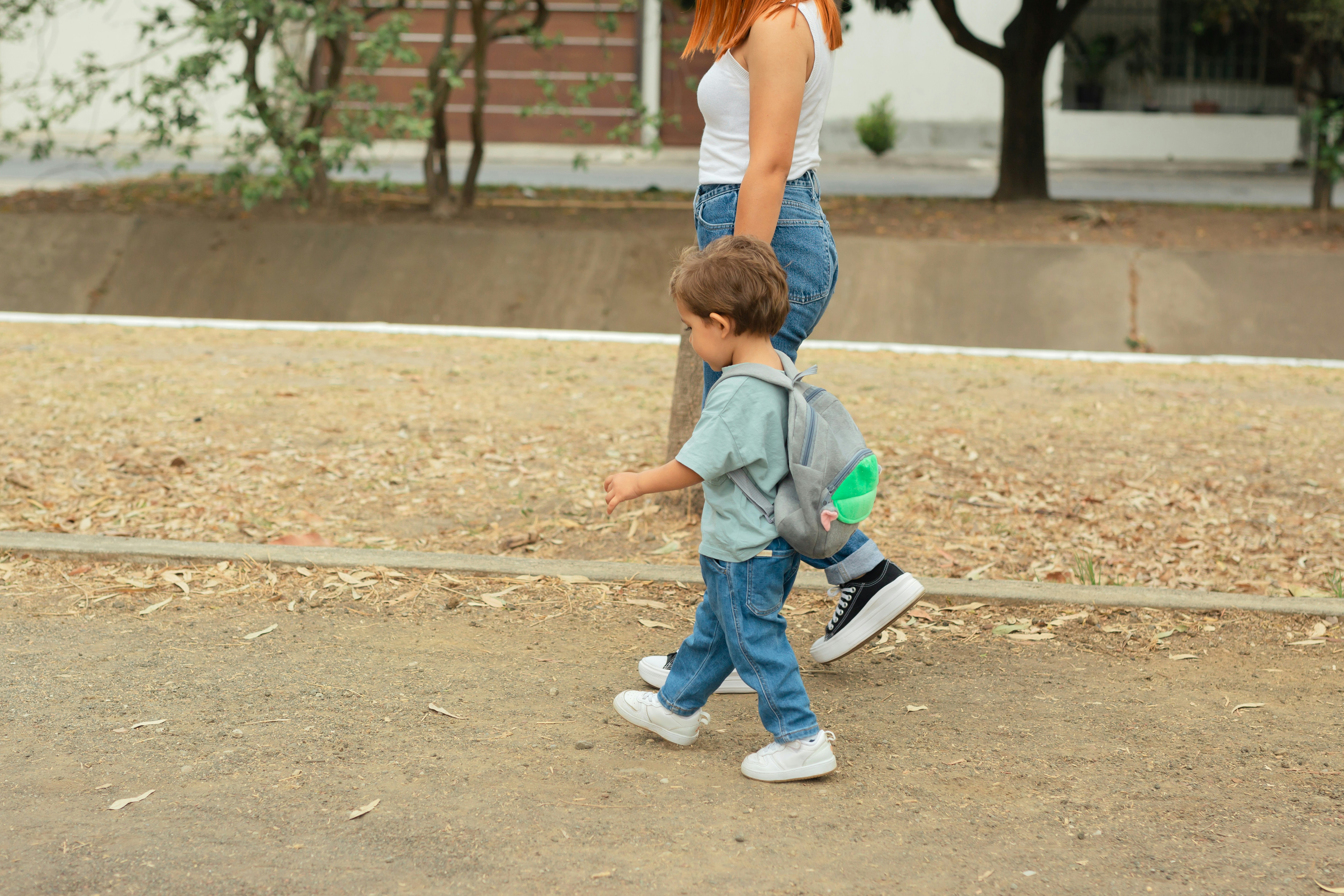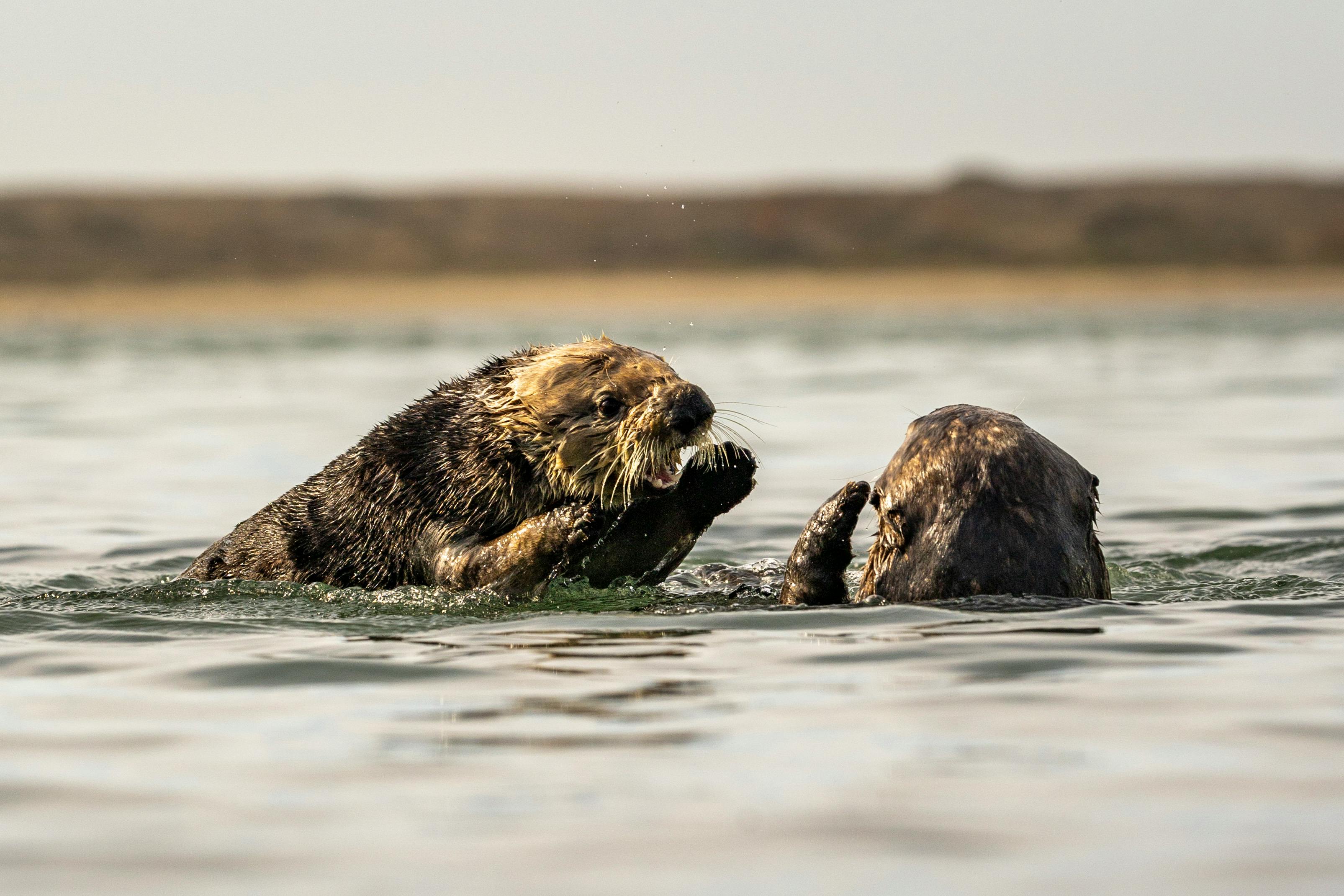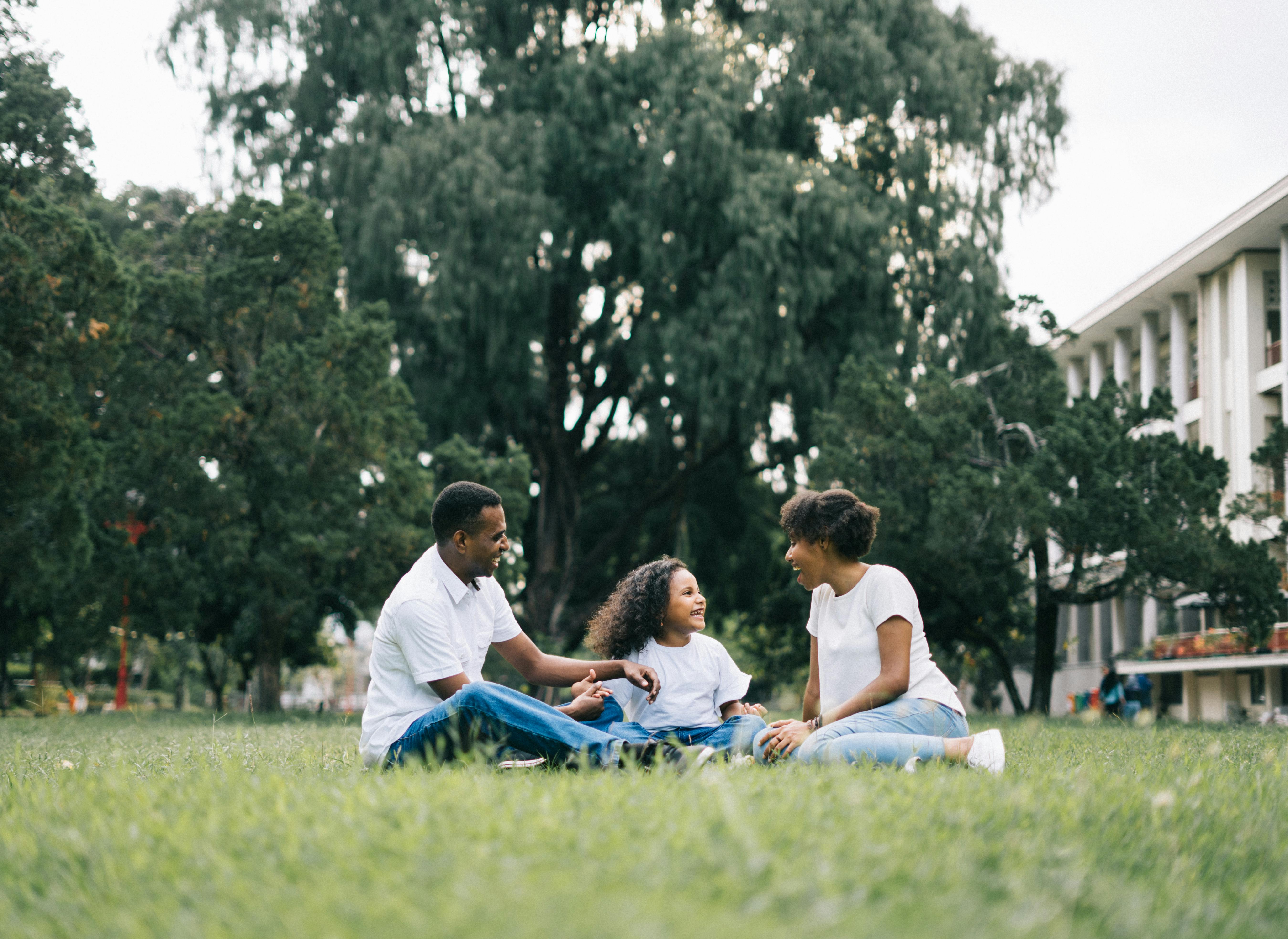Kids are picking up on beauty standards younger than ever before. In fact, more than 60% of children ages 8 to 18 say they’re self-conscious about their appearance.
For parents, knowing how to approach this can feel impossible. You want to build your child’s confidence, but what do you say when they call themselves “ugly” or compare their body to someone they saw online? Do you jump in with reassurance? Do you talk about your own body image journey? Even the well-meaning message of “love yourself no matter what” can backfire if it still centers appearance. Body positivity might seem like the right response, but is it actually helping?
What’s the difference between body positivity and body neutrality?
In the simplest terms, the body positivity movement says that all individuals deserve to have positive feelings about their bodies, no matter what it looks like or its abilities. While the conversation around body positivity in the media focuses on size and shape, it’s important to remember that body positivity celebrates and accepts all differences in appearances, like race, ethnicity, gender, sexuality, and different physical or mental abilities.
Our culture has a habit of making negative judgements about bodies, and the body positivity movement stands in contrast to that. It aims to celebrate and accept all differences in appearance to reduce the experience of feeling “other,” “lesser,” or “outside of the norm.”
While body positivity encourages people to love their bodies “even though” they don’t match societal ideals, that framing can still reinforce the idea that those ideals (like having a flat stomach) are the gold standard. Body neutrality, on the other hand, invites us to appreciate our bodies for what they do, not how they look. It’s less about loving your appearance and more about respecting your body’s function, like recognizing that your stomach holds the food that nourishes you and that your legs hold up your body so that you can explore the world.
What factors can shape a child’s self-image?
A child’s self-image is shaped by a mix of influences, starting with what they see and hear at home. Parents play a powerful role. Kids pick up on how adults talk about their own bodies and the bodies of others.
Peers also matter, especially as kids get older, with teasing, comparisons, and compliments all leave a mark.
Media and social media flood children with unrealistic beauty standards, often before they fully understand what they’re seeing. There is strong evidence that the edited photos on social media, in advertising, and in entertainment, influence our conception of what is “beautiful” and desirable.
In fact, the Dove Self-Esteem Project found that 60% of girls feel upset when their real appearance doesn’t match the online version of themselves. In addition, concerns about being overweight are common, even from very young ages. Consider that between 40-60% of typical weight teenage girls think they’re fat, and around 50% of girls and 33% of boys 6-8 years old think they are overweight.
Cultural norms around size, race, and gender shape what kids learn to value, and school environments can reinforce those messages. Dress codes are a perfect example of this especially when they only apply to girls or kids living in larger bodies.
Finally, a child’s own temperament plays a role: some kids are simply more sensitive to outside feedback, making them more likely to internalize negative messages about themselves. These individual differences can make them more vulnerable to negative self-image even in the same environment as their peers.
If your child is struggling with their self-image, Little Otter can help.
!CTA-6
Why does a healthy body image matter?
A healthy body image, whether neutral or positive, plays a critical role in a child’s overall mental and emotional well-being. Research shows that negative body image in childhood and adolescence is strongly linked to higher rates of anxiety, depression, low self-esteem, and disordered eating. In more severe cases, it can contribute to the development of eating disorders and body dysmorphia (a fixation on a perceived flaw in one’s appearance). Alarmingly, during the pandemic, the number of teenage girls visiting emergency rooms for eating disorders doubled, according to the CDC. These struggles don’t exist in a vacuum; they often ripple into other areas of a child’s life, affecting academic performance, social relationships, and even physical health.
This is why fostering a healthy body image early on matters so much. While body positivity encourages children to embrace and celebrate their bodies, body neutrality offers another valuable approach: helping kids focus less on how their bodies look and more on what their bodies can do. This de-centers the idea that there is any “gold standard” for bodies.
Both frameworks support self-acceptance and resilience, especially as children grow through stages of rapid physical and emotional change. By shifting the conversation from appearance to ability and worth, we can help children develop a more grounded, compassionate relationship with their bodies, something that protects them long after childhood.
How can parents and caregivers support a healthy body image in kids?
1. Check-in with how you talk about yourself.
There are many common phrases that adults may say, even unintentionally, around children that can impact how they feel about their bodies. It’s really important for parents to model a healthy relationship to their bodies, as well as to food and exercise, and to celebrate differences.
When a parent says things like, “I look so fat in this dress,” or “I am going to be ‘good’ and not eat that cookie,” they’re modeling that they see their own body in a negative way, foods can be “good” or “bad”, and that restriction is a desirable goal.
If you are struggling with your own body image, consider seeking support so you can be a secure model for your kiddos.
2. Teach social and emotional skills to support a healthy body image.
Helping your child build strong emotional and social skills can play a big role in how they handle body image challenges. Often, when kids feel unhappy with how they look, it’s not just about their appearance, it’s tied to deeper emotions like self-doubt, anxiety, sadness, or feeling out of control.
Teaching children to recognize and talk about their feelings gives them tools to better understand what’s really going on beneath those surface-level worries. It also helps them build healthy relationships and communicate more openly, which can ease the pressure they feel to look or be a certain way.
- Name emotions openly and often. Use everyday moments to help your child label their feelings, “You seem frustrated,” or “It sounds like you’re feeling left out.” Over time, this helps kids notice their own emotional states and understand that emotions are normal and manageable.
- Model emotional expression. Let your child see you name and cope with your own feelings. For example, “I’m feeling a little anxious today, so I’m going to take a walk to clear my head.” This shows that emotions aren’t something to hide or be ashamed of.
- Probe body talk. When your child makes a comment like “I hate my nose” or “I look weird,” gently explore what else might be going on. You might say, “That’s a strong feeling. Did something happen today that made you feel bad or embarrassed?”
- Teach that bodies change, and that’s typical. Remind your child that their body will change many times as they grow, and that’s completely normal and expected. Focus on what their body helps them do, not how it looks.
- Create a safe space for hard feelings. Let your child know it’s okay to feel sad, angry, or insecure sometimes. When those feelings come up, resist the urge to immediately fix them. Instead, offer connection: “I hear you. That sounds really hard. I’m here with you.”
- Encourage body gratitude. It’s easy to focus a lot on what we look like. Little Otter’s Body Gratitude worksheets are all about focusing on what our bodies can do, like jumping, running, hugging, dancing, drawing, or even helping others. Download the worksheets below!
!CTA-4
3. Help uncover the illusion in pop culture.
Social media and pop culture flood kids with unrealistic beauty standards: airbrushed skin, edited bodies, and a narrow idea of what it means to be “beautiful.” These messages are loud, and they stick. That’s why it’s so important for parents to speak up and help kids see through the illusion.
Talk with them about how images are edited and why influencers don’t always show real life. Just as importantly, seek out books, shows, and movies that reflect real diversity, different body sizes, skin tones, abilities, and styles, so your child knows there’s no one “right” way to look.
When kids can tell the difference between media myths and real people, they’re better equipped to build a healthy self-image.
It’s recommended to monitor social media use, too.
4. Flip the script from just body positivity to body neutrality.
These are examples of body neutral phrases because they shift the focus away from how a body looks and instead highlight what a body does. Rather than placing value on appearance, these statements emphasize function, strength, and personal meaning.
Body neutrality helps kids understand that their worth isn’t tied to how they look, but to who they are and what their bodies allow them to experience.
- Instead of: “I like my stomach even though it’s not flat,” say “My stomach holds all of the yummy food I eat.”
- Instead of: “My hair is pretty even it’s curly,” say “My hair is great because it protects my head from getting sunburned.”
- Instead of: “My arms look good in this shirt,” say “My arms help me hug all the people I love.”
- Instead of: “I am awesome, regardless of my body size,” say “I’m awesome, and my body helps me be me.”
5. Turn to books that support a healthy body image in kids.
If you’re looking for developmentally-appropriate words to use with your kiddos, books can be a very effective tool in navigating these conversations. Reading these stories together also gives children the language they need to ask questions, express themselves, and open up the conversation.
Toddlers & Preschoolers (Ages 2–5)
- Bodies Are Cool by Tyler Feder: A joyful celebration of all kinds of bodies, different shapes, sizes, skin colors, scars, and more.
- You Are You by Brian Klugman & Sophie Beer: A bright and affirming book that encourages kids to be confident in who they are, just as they are.
- I Love Me from A to Z by Emily Lauren Dick: A fun, alphabet-style introduction to inclusive, empowering body language for the youngest readers.
Early Elementary (Ages 5–8)
- I Like Myself! by Karen Beaumont: A playful, rhyming book that encourages self-acceptance and loving oneself, inside and out.
- Her Body Can by Katie Crenshaw & Ady Meschke: Celebrates what girls’ bodies can do, not how they look, through rhythmic, empowering text.
- The Bare Naked Book by Kathy Stinson: A simple, inclusive exploration of body parts and identity, featuring diverse illustrations.
Upper Elementary (Ages 8–12)
- Love Your Body by Jessica Sanders: A guide for girls that focuses on self-respect, celebrating diversity, and understanding body functionality.
- Body Talk: 37 Voices Explore Our Radical Anatomy edited by Kelly Jensen: A collection of essays and reflections on body image, identity, and self-love, perfect for tweens beginning to navigate complex feelings.
- Celebrate Your Body (And Its Changes Too!) by Sonya Renee Taylor: A puberty book that combines body facts with messages of empowerment, inclusivity, and body respect.
- Starfish by Lisa Fipps: Ellie, a girl who is bullied for her weight and learns to navigate self-acceptance and stand up to bullies.
Teens (Ages 13+)
- The Body Image Book for Girls by Charlotte Markey: Research-backed, relatable, and inclusive, this book tackles body image, media pressure, and self-worth head-on.
- You Are More Than Magic by Minda Harts: Focused on girls of color, this book empowers teens to find confidence beyond appearance and societal expectations.
- Your Body Is Not an Apology by Sonya Renee Taylor: A powerful, socially conscious exploration of body acceptance, justice, and radical self-love for older teens.
- Dumplin’ by Julie Murphy: Willowdean "Dumplin'" Dickson is a plus-size teenager who finds love, but also realizes that she is more insecure about herself than she initially thought.
6. Pay attention to how your kiddo talks about themselves.
Be alert to how your child talks about their appearance, body shape and size, and food or diets. Sometimes, children may also experience teasing and bullying about body image and appearance. This can be connected to social media, or not. Learn the warning signs of bullying here.
Negative self-talk and focus on image can be signs that your child is struggling with self-perception and body image. Keep reading to learn tips for how to respond if you think your child has a negative self-perception.
If you’re concerned that your child’s negative feelings about their body or appearance are pervasive, causing them distress, and/or are adversely impacting their functioning or relationships, they should seek professional support. Little Otter has therapists who specialize in body image in children.
!CTA-1
in this article
%20Large.jpeg)



.jpg)

.jpg)








.svg)

